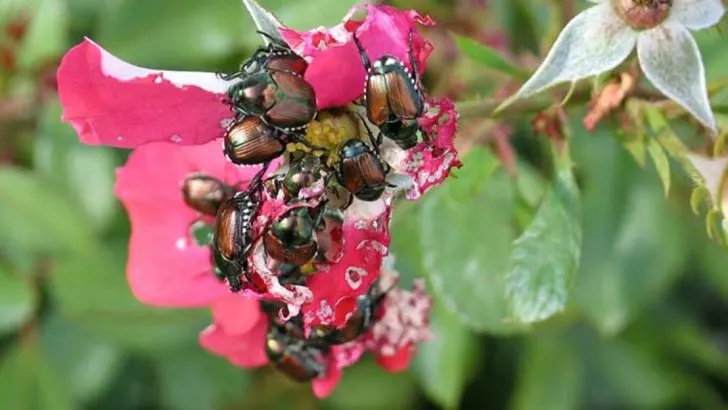Roses have a reputation for being both breathtakingly beautiful and notoriously fussy—and while that’s partly true, it’s far from the whole story. Yes, they can be prone to pests, fungal diseases, and finicky pruning needs, but for many gardeners, the rewards far outweigh the challenges.
From their incredible fragrance and repeat blooming cycles, to their ability to attract pollinators and add romantic charm to any space, roses offer plenty of perks that make them worth a little extra love.
In this article, we’ll break down 7 common rose-growing headaches—and pair each one with a compelling benefit that proves roses are still one of the most rewarding plants you can grow. Ready to fall back in love with your roses? Let’s get into it.
Black Spot Disease
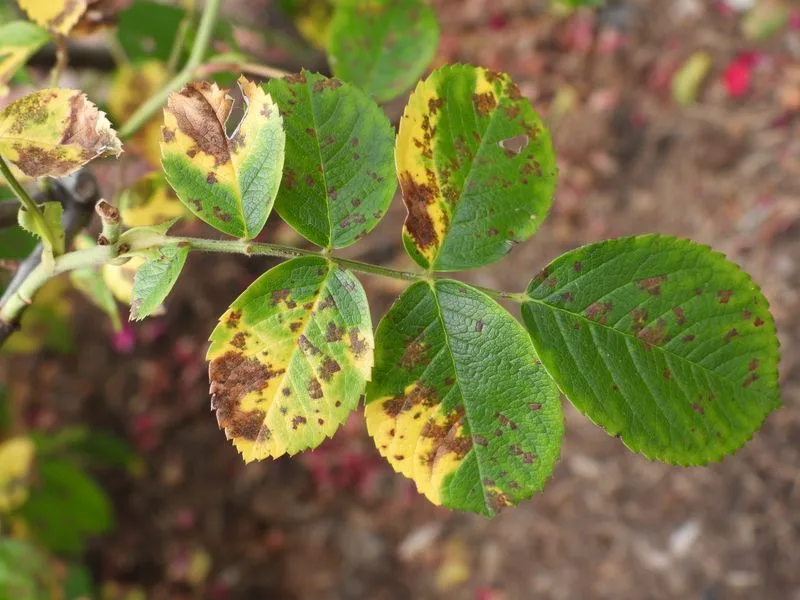
Black spot disease appears as circular black spots on leaves, often leading to yellowing and premature leaf drop. This fungal issue thrives in humid environments and can quickly spread if not managed promptly. Regular pruning and ensuring good air circulation around the plant can help mitigate its effects. Fungicidal sprays also offer a proactive solution. Despite this challenge, roses’ visual appeal remains unmatched, encouraging gardeners to address and overcome these setbacks.
Aphid Infestation
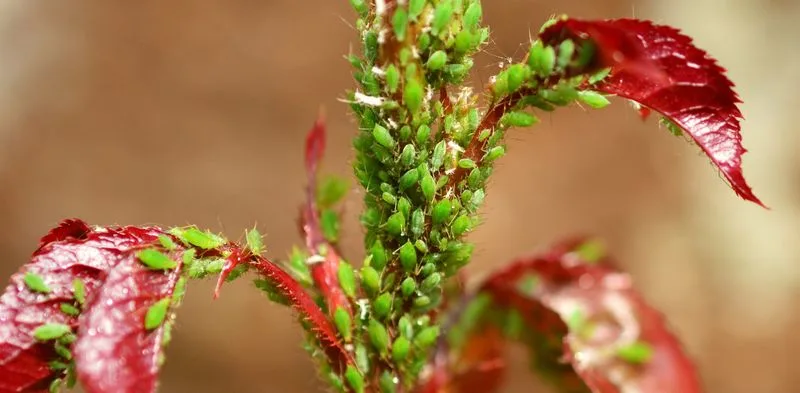
Aphids, tiny sap-sucking insects, can cause significant damage to rose plants by distorting new growth and weakening the plant. Their presence often attracts ants, creating a secondary issue. Regular inspection and manual removal or using natural predators like ladybugs can help control their numbers. The sight of a healthy, aphid-free rose in full bloom serves as a testament to the effort put into maintaining its health.
Powdery Mildew
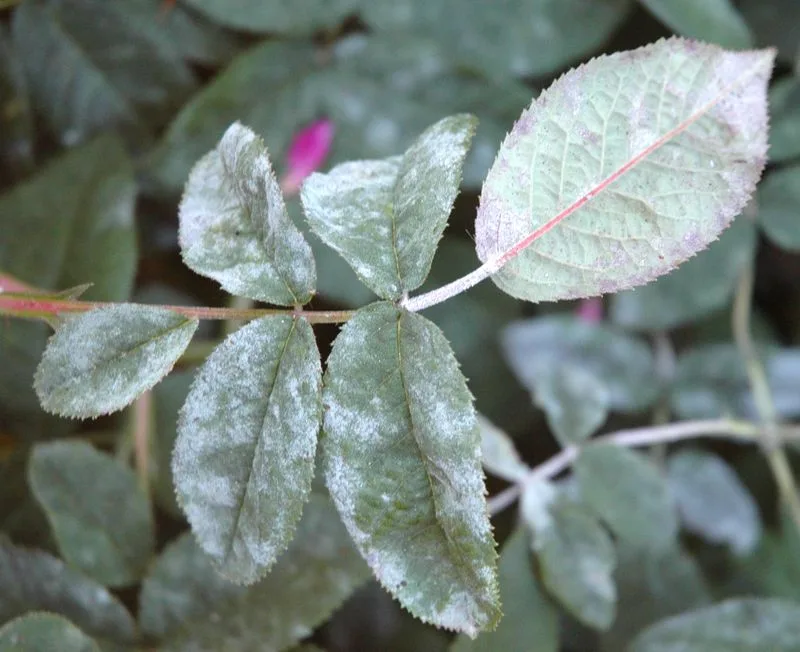
Powdery mildew manifests as a white, powdery coating on rose leaves and stems, particularly in dry, warm conditions. This fungal disease can stunt growth and distort blooms. To prevent its spread, ensure roses are planted in full sun and spaced adequately for airflow. The satisfaction of seeing vibrant, mildew-free petals justifies the vigilance and care invested in these plants.
Thorny Stems
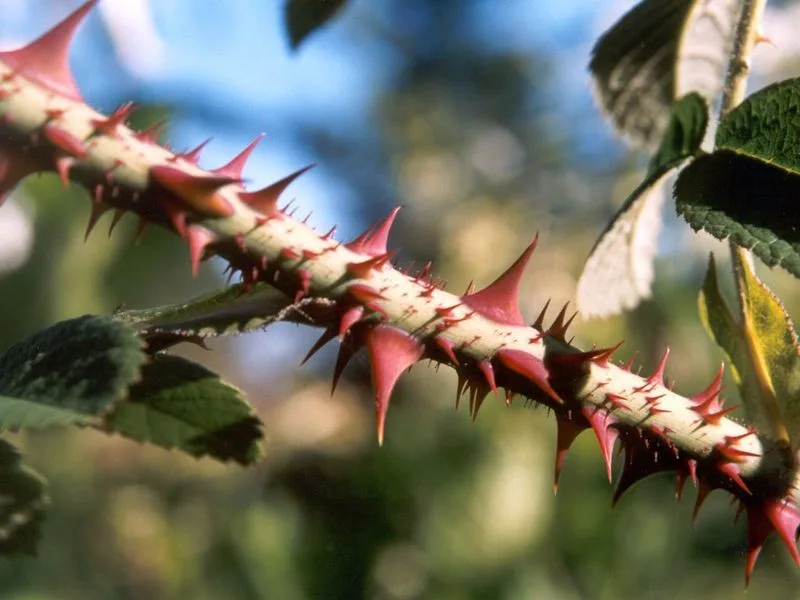
The thorns of a rose bush, while iconic, can be a gardener’s bane. They make pruning and maintenance a prickly affair. Wearing thick gloves and using the right tools can mitigate the risk of injury. Yet, these thorns serve a purpose, deterring pests and adding a layer of protection. The allure of a blooming rose bush often overshadows the occasional prick.
Japanese Beetles

Japanese beetles are notorious for skeletonizing rose leaves and devouring blooms. These metallic-green pests can be controlled through handpicking or using traps. Neem oil sprays also offer a natural defense. Witnessing a beetle-free garden filled with vibrant roses is a reward that makes such diligence worthwhile.
Winter Hardiness
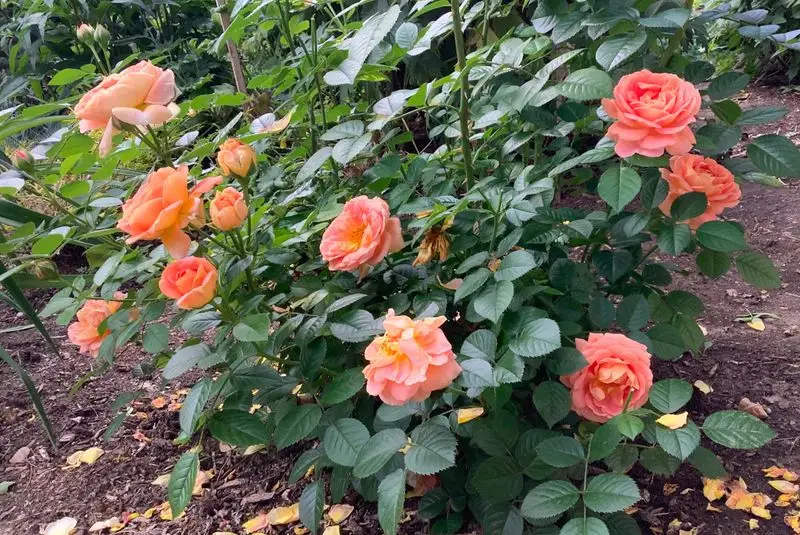
Roses require protection from harsh winter conditions to survive and thrive in the spring. Mulching and wrapping rose bushes in burlap can shield them from freezing temperatures. The joy of seeing them bounce back with vigor in the warmer months highlights the resilience and beauty of these plants.
Nutrient Deficiency
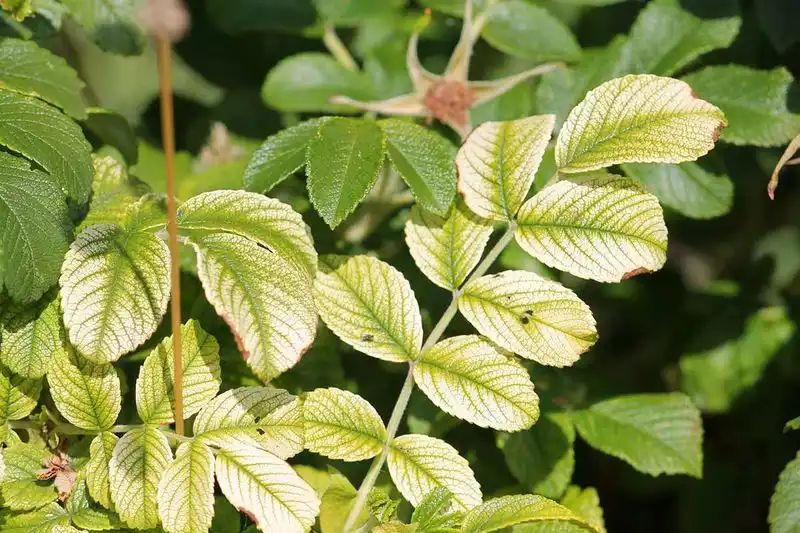
Nutrient deficiencies in roses manifest as yellowing leaves or poor blooms. Regular feeding with balanced fertilizers can address these issues, ensuring healthy growth and vibrant flowers. The delight of a nutrient-rich, flourishing rose bush is a testament to attentive care and proper nourishment.
Fragrance

Roses are celebrated for their intoxicating fragrance, a feature that elevates any garden experience. This aroma, varying from sweet to spicy, often evokes memories and emotions, adding a sensory dimension to their beauty. The allure of a garden scented with roses is unmatched, making their cultivation a rewarding endeavor.
Symbolism and Sentiment
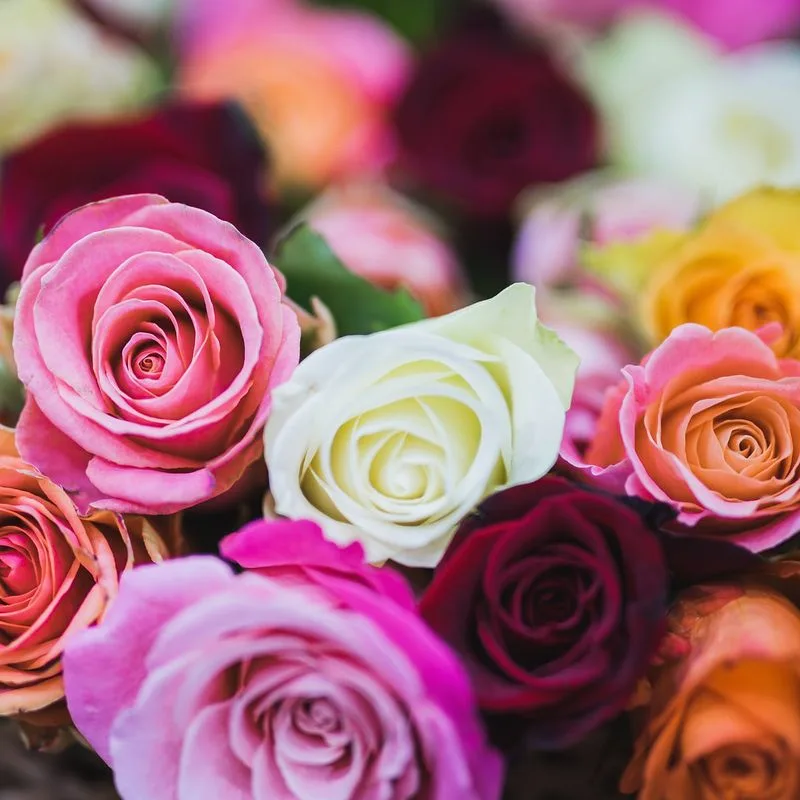
Roses hold deep symbolic meaning, often associated with love, passion, and admiration. These sentiments make roses a popular choice for gifts and celebrations. Their presence in the garden serves as a constant reminder of special moments and connections shared.
Variety and Versatility
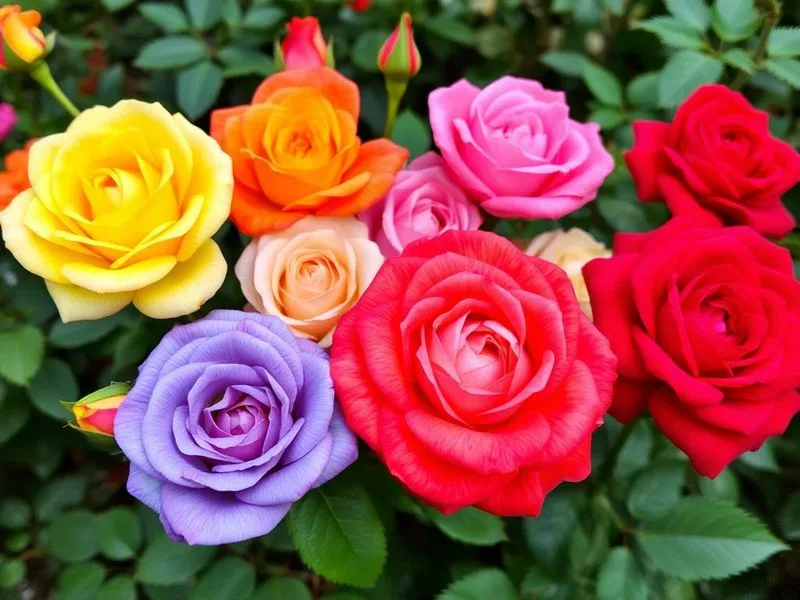
The sheer variety of roses, from climbers to miniatures, offers endless possibilities for gardeners. This diversity allows for creative landscaping and personal expression within a garden space. The versatility of roses ensures they can complement any garden style, from formal to cottage.
Longevity and Resilience

Roses, when properly cared for, can thrive for decades, becoming cherished features of gardens. Their resilience against environmental stresses highlights their tenacity. The sight of an old, thriving rose bush is a testament to the enduring beauty these plants bring year after year.
Attracting Wildlife
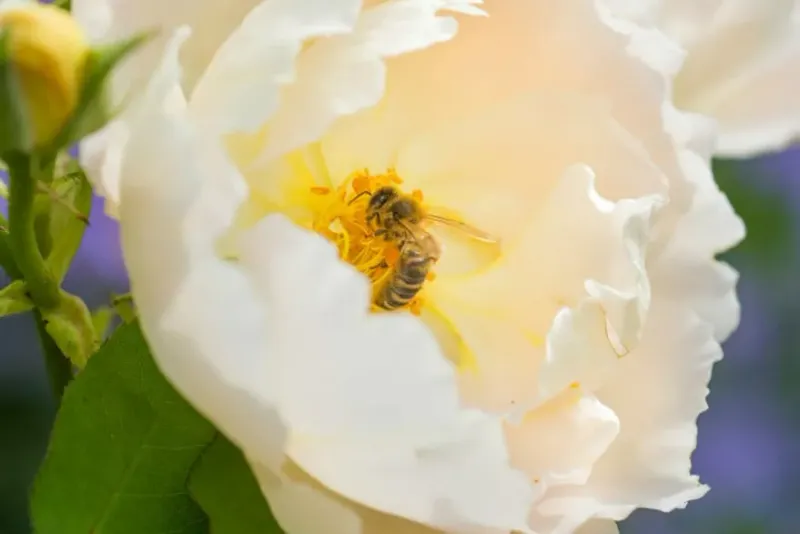
Roses attract a host of beneficial wildlife, including bees, birds, and butterflies. This aspect not only enhances biodiversity but also supports pollination within the garden. Watching a hummingbird hover around rose blooms adds a dynamic and enchanting element to any garden.
Colorful Appeal

The color spectrum of roses, ranging from soft pastels to vibrant reds, adds a dynamic visual appeal to gardens. This diversity allows gardeners to create striking color combinations and visual interest throughout the growing season. A garden filled with colorful roses is a feast for the eyes.
Therapeutic Gardening
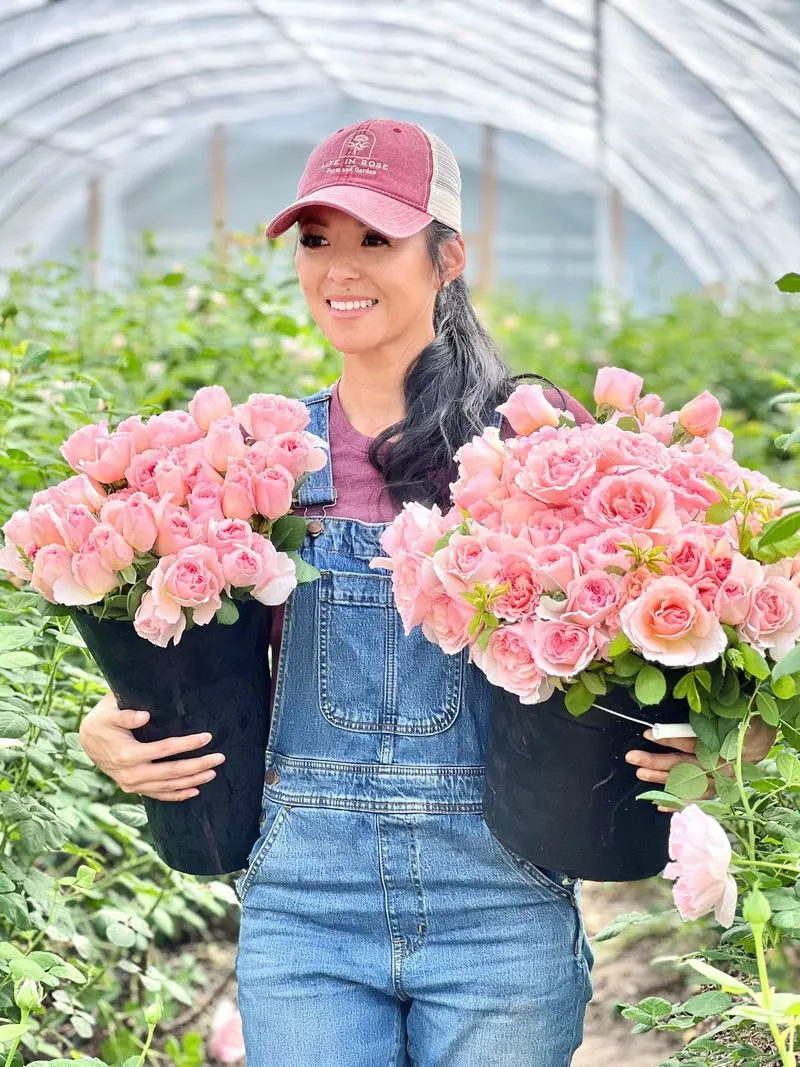
Caring for roses offers therapeutic benefits, providing a sense of accomplishment and relaxation. The act of nurturing these plants fosters a connection with nature and promotes mental well-being. A morning spent tending to roses can be a meditative start to the day.

